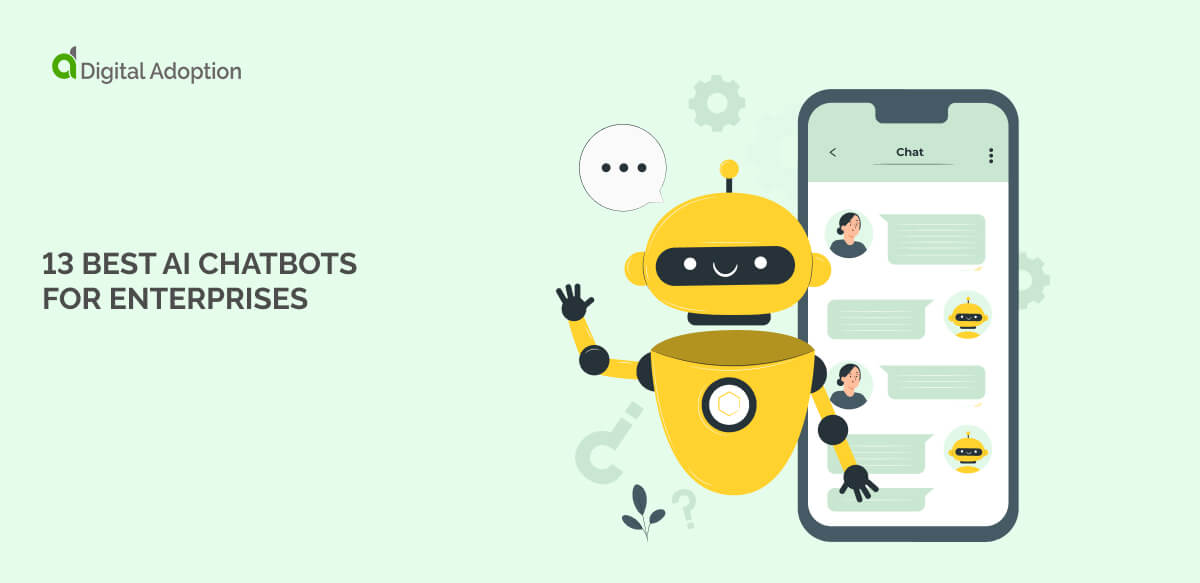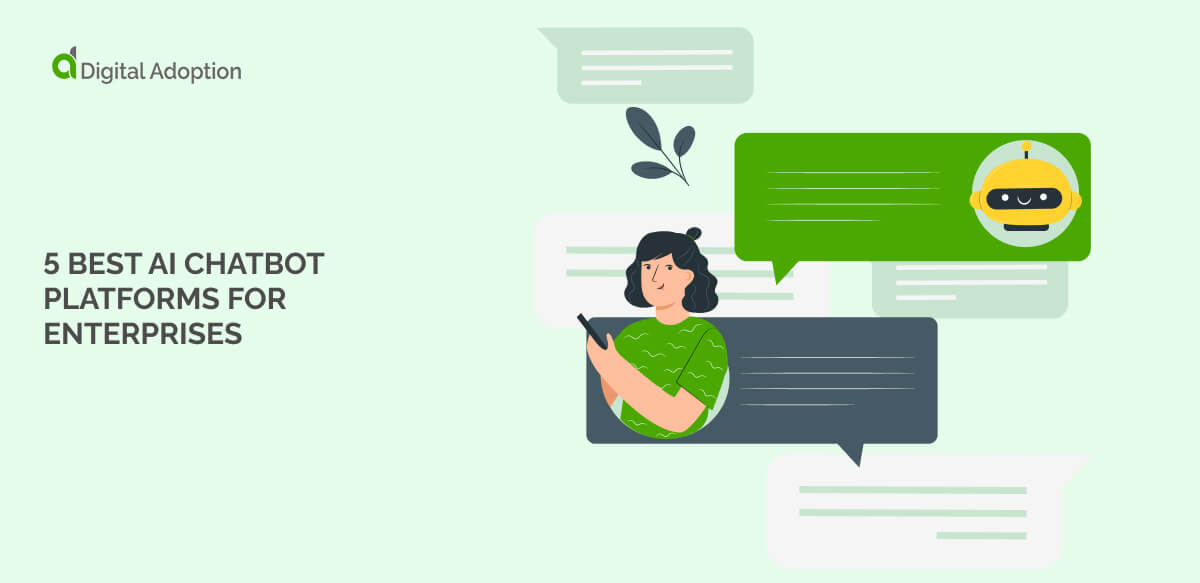When it comes to customer success, software makes a huge difference. The right software can enhance customer experiences, boost retention, cut acquisition costs, and more – yet software alone is not enough to craft winning experiences.
To create a great customer journey, customer experience teams must actually use that software properly.
Below, we’ll cover both of these elements, starting with a few must-have customer success tools to include in the customer experience toolbox.
Customer Success: Software Tools Needed to for Great Experiences
A technology stack or software stack is a group of programs that work together to perform a specific function or achieve a specific purpose.
A marketing stack, for instance, refers to the set of software tools needed to help companies perform their marketing function.
The software stack needed to craft customer experiences can go by different names, such as a customer stack, a customer software stack, or a customer experience stack. Or, in some cases, the term “stack” may be replaced with other terms.
Regardless of the terminology, what is most important to understand is the concept – that every business needs a toolbox of software to craft great customer experiences.
Here are some of the most important software tools to include in a customer experience stack:
Marketing and Sales Software
Marketing is often the first point of contact a customer has with a company.
Advertisements, social media marketing, referrals, and other marketing strategies, therefore, play a key role in the customer journey.
Marketing software that can help improve customers’ experience during this leg of their journey include:
- CRM platforms
- Social media marketing software
- Email marketing software
- Marketing automation tools
However, to reiterate, it is not just enough to have these tools, it is necessary to actually use them properly.
One of the most important points to consider in this regard is the idea of continuity. That is, customer experiences must stay consistent across the entire journey, from marketing to onboarding to customer service.
Customer Onboarding Software
Customer onboarding begins when customers sign up and first begin using a product or service.
Onboarding software, as the name suggests, is built around this stage of the customer journey.
Common aims of these tools include:
- Managing initial communication with customers
- Tracking data and the performance of onboarding efforts
- Providing product tours
To achieve these ends, onboarding toolboxes should include software such as:
- Digital adoption platforms (DAPs)
- Marketing and sales communication tools, such as email marketing software
- Other real-time communication apps, such as chatbots
These tools should be leveraged by the appropriate customer relationship staff, such as sales associates, account managers, or customer service staff.
Customer Service Software
After a customer has been acquired, the focus shifts from selling to relationship management.
To create and maintain a positive customer experience during this stage of the adoption process, great customer experience is a must.
Good tools to have include:
- Social media and brand monitoring tools, such as Hootsuite
- Software that enables self-service, such as digital adoption solutions
- Software dedicated to customer service, such as Zendesk
With the right tools and the right approach to customer service, organizations will be able to maintain strong customer relationships, improve customer retention, and ultimately boost their customers’ lifetime value.
How to Create Great Customer Experiences: 5 Tips
To create great customer experiences, it is important to actually use customer software appropriately.
Here are a few tips for doing just that:
1. Use real-time data
Customer sentiment and behavior can change at a moment’s notice.
When using the tools covered above, such as brand monitoring tools, it is critical to stay tuned to real-time data.
Equally important, of course, is the ability to respond to that data quickly and effectively.
2. Stay agile and adapt to customer needs
Real-time data monitoring should be coupled with mechanisms that enable employees to quickly respond to customers’ sentiment and needs.
One example of a business process built around customer needs is the build-measure-learn process from lean, which focuses on:
- Building products and releasing them
- Measuring responses and sentiment
- Learning from that information
This process then repeats and learned information is incorporated into the next iteration of the product.
3. Adopt emerging technology
Another important point to note is that customer expectations are heavily influenced by technology trends.
To keep up with customers’ changing needs, organizations must be able to meet those expectations.
For instance, when mobile technology became widespread, customers began to expect mobile experiences.
As a result, ensuring customer continuity in today’s environment requires an omnichannel experience that spans multiple devices and channels.
4. Build an omnichannel, resilient customer experience
The modern pathway to purchase can include mobile devices, TV, desktop devices, and more.
To build a consistent experience across those channels, organizations must build an appropriate customer experience software toolbox.
It is then important to ensure that the journey remains consistent in terms of:
- Branding and tone
- Messaging
- Content
Also, the more versatile companies can be when it comes to interacting with their audience, the better the customer experience will be.
5. Create a customer-centric business culture
Customer success depends on employee success.
An appropriate organization culture, in other words, has a direct impact on the customer experience.
Therefore, a company culture that recognizes the importance of the customer experience will almost always produce better end results for those customers.
Organizational culture change can be a good way to cultivate this attitude change among employees and help the workforce build better customer experiences.

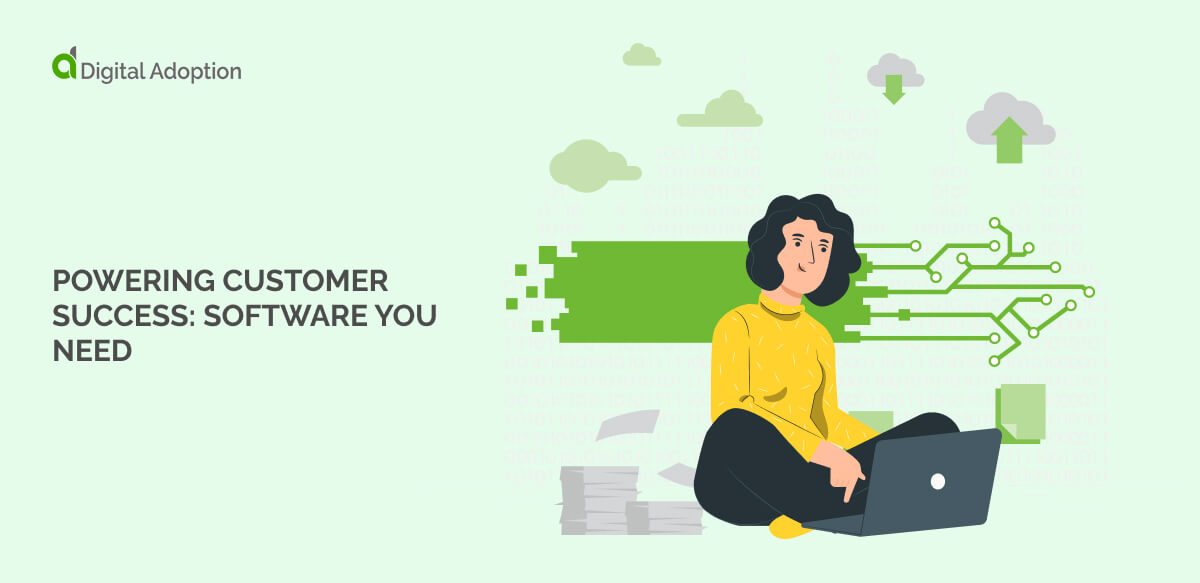


![4 Best AI Chatbots for eCommerce [2025]](https://www.digital-adoption.com/wp-content/uploads/2025/03/4-Best-AI-Chatbots-for-eCommerce-2025-img-300x146.jpg)
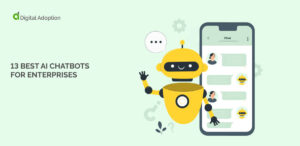
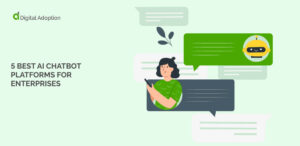
![13 Digital Transformation Enablers [2025]](https://www.digital-adoption.com/wp-content/uploads/2025/02/13-Digital-Transformation-Enablers-2025-img-300x146.jpg)



![4 Best AI Chatbots for eCommerce [2025]](https://www.digital-adoption.com/wp-content/uploads/2025/03/4-Best-AI-Chatbots-for-eCommerce-2025-img.jpg)
